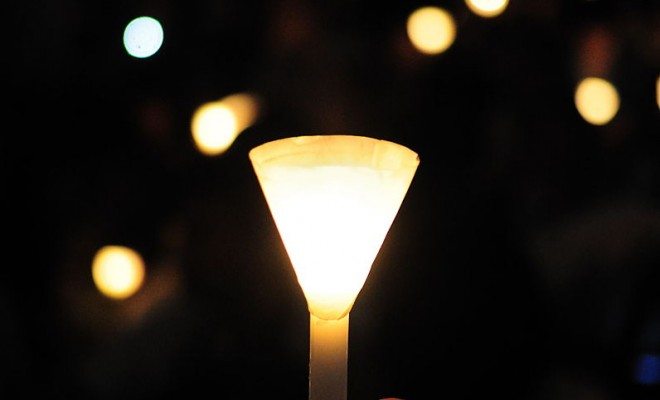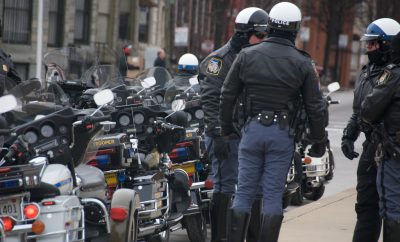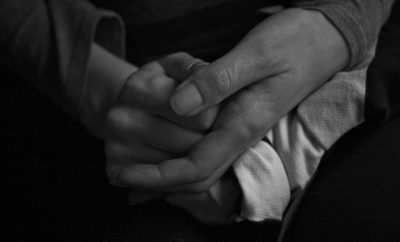
Image courtesy of [ryanne lai via Flickr]
Crime
A Mass Shooting, Ignored
Seattle Pacific University lost one student and three others were wounded last Thursday in a shooting on campus. The university has suffered a tragedy, and while I do not disapprove of the time that the media has invested in covering it, I would like to call another, more prevalent, issue to mind. Shootings occur more frequently and affect an even greater number of people in our cities than on college campuses, yet have largely been disregarded or overlooked as news.
Forgotten and Forlorn
Inner-cities in America suffer greatly and receive little national coverage. On Friday, June 6, a man named Andew Perez was shot to death in his car in Camden, NJ. On the same day in Newark, NJ, two men were shot and killed and one woman was wounded. Between Friday afternoon and Saturday morning, three people were killed and at least 19 others were wounded in Chicago shootings. On Saturday, a 15-year-old girl was shot and killed in Oakland, Calif. Mostly untouched by the news, there were at least seven gun-related deaths and even more injuries in American cities last weekend.
Events like the one at Seattle Pacific University and the recent mass shooting at UC Santa Barbara have revived fears about mass shootings in schools and colleges. The prevalence of these incidents is, while not inconsequential, a small part in the larger picture of American gun violence. Media attention for school shootings is always high. We become upset when a place that is created for improvement and learning face something as destructive as gun violence. Neglected, however, are the places that we do not assign such positive values.
As the FBI’s crime reports show, metropolitan areas are afflicted with high rates of violence. Violent crimes (robbery, rape, aggravated assault, and murder) have particularly high rates in cities. In 2012, each category of metropolitan counties had a higher violent crime rate than their non-metropolitan parallels.
Crimes occur much more frequently in metropolitan areas than they do in their non metropolitan counterparts.
Compared to urban areas, campuses are relatively safe, but the difference in the American mentality that surrounds college campuses and urban environments is significant. The poorest, most dilapidated parts of cities are forgotten and forlorn by the media. Shootings there are frequent, while shootings at schools are few and far between. This is not to say that people should care less about violence at schools like Seattle Pacific University, in fact, they should care more. People should care enough to advocate for and vote in favor of gun restrictions. Instead, people are shocked when shootings happen at schools but hear nothing about, or completely ignore, the recurring murders in America’s cities. While shootings and schools do not make sense together, we all-too-readily understand that gun violence and cities go hand-in-hand.
“Nearly Half of All Homicides”
A special report from the Bureau of Justice Statistics (BJS), “Black Victims of Violent Crime,” shows how this violence is particularly prevalent among blacks.The report states that, “While blacks accounted for 13% of the U.S. population in 2005, they were victims in 15% of all nonfatal violent crimes and nearly half of all homicides”. The BJS used statistics from 1993 through 2005. The data comes from its National Crime Victimization Survey, which collects first-hand victim testimonies about incidents that have gone unreported to police, as well as the Supplementary Homicide Reports from the FBI. While staggering, this information is nothing new, nor are the 2005 numbers out of date. According to the FBI’s 2012 Uniform Crime Report, there were 3,128 white and 2,648 black victims of murder. These numbers, relative to the population proportions of whites and blacks, reveal an epidemic in the black community, and only reflect offenses reported to police. When taking into account crimes that go unreported and the instances of blacks being wrongfully shot by police officers, that murder rate would be even higher.
Uniquely, the disparity here is so great that the numbers are difficult to observe in a single graph. The difference is astounding. Although both have been decreasing recently, the homicide rate for blacks is dramatically larger than it has been for whites for over a decade.
In a Washington Post article last year, Dan Keating notes the difference between firearm deaths of whites and blacks,
“A white person is five times as likely to commit suicide with a gun as to be shot with a gun; for each African American who uses a gun to commit suicide, five are killed by other people with guns… Gun deaths in urban areas are much more likely to be homicides, while suicide is far and away the dominant form of gun death in rural areas”.
That’s one more statistic in a set of disturbing facts.
The Wall Street Journal compiled data sets from 2000 to 2010 in an article about blacks killing other blacks. Their charts show how no other group of people in the United States has been killed as frequently by firearms than blacks, not even when taking population proportions into account. Between 2000 and 2010 there were at least 60,028 black Americans were killed by firearms. A Slate.com article tracks the number of deaths as a result of school shootings from 1980 to 2012: the total is 297. Any shooting on a college campus deserves attention and a swift, appropriate reaction. But that number, 60,028, is the mass shooting we should be paying attention to.








Comments